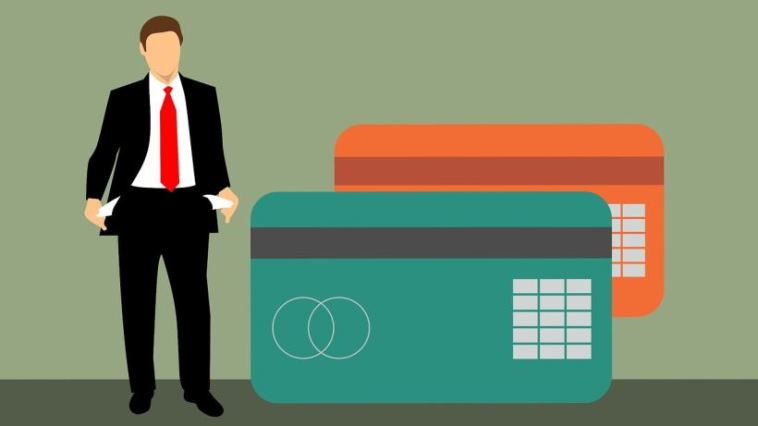- Like
- SHARE
- Digg
- Del
- Tumblr
- VKontakte
- Flattr
- Buffer
- Love This
- Save
- Odnoklassniki
- Meneame
- Blogger
- Amazon
- Yahoo Mail
- Gmail
- AOL
- Newsvine
- HackerNews
- Evernote
- MySpace
- Mail.ru
- Viadeo
- Line
- Comments
- Yummly
- SMS
- Viber
- Telegram
- JOIN
- Skype
- Facebook Messenger
- Kakao
- LiveJournal
- Yammer
- Edgar
- Fintel
- Mix
- Instapaper
- Copy Link
Overview
While consumer debt stabilized between 2008 and 2012, many U.S. residents have never rebounded from the devastating recession of 16 years ago.
And now that the nation is in an inflationary period, people are increasingly struggling to meet household needs. As such, Americans are relying more and more on credit cards, even as it becomes more expensive to carry a balance.
With that said, here’s a look at the U.S. consumer debt crisis.
The Situation
Debt concerns in America are growing. In the first quarter of this year alone, the U.S. economy shrunk at a 1.6 percent annual pace. Meanwhile, in January, U.S. households owed $155,622 on average, according to CNBC. That came to more than $15 trillion, a year-over-year increase of 6.2 percent.
Such debt continues to grow. Between April and June, total household debt increased by 2 percent to $16.15 trillion, according to the Federal Reserve Bank of New York.
Mortgage debt – the largest component of household debt — rose $207 billion to $11.9 trillion as of June 30th, compared to $10.44 trillion four quarters ago. After several years of decline, balances on home equity lines of credit rose by $2 billion to $319 billion.
Then there are vehicle loan balances, which rose by $33 billion in the second quarter, continuing an 11-year upward trajectory.
Moreover, consumers are increasingly relying on credit cards to keep them and their households going. In the second quarter, credit card balances increased $46 billion – a 5.5 percent hike over the first quarter. The 13% year-over-year climb marks the largest increase in more than 20 years.
Other balances, including on consumer loans and retail cards, rose by $25 billion. Overall, non-housing balances increased by $103 billion, which marks a 2.4 percent jump from the first quarter. It’s the largest increase in six years.
The Fallout
High credit card utilization rates are among the earliest signs of financial problems. At the same time, people are opening more new credit card accounts. In the second quarter, the 13 percent year-over-year increase in new accounts was the biggest such hike in more than 20 years.
But look at what consumers are dealing with. In June, the Labor Department’s consumer Price Index rose 9.1 percent over the year before, as the cost of airfares increased 33 percent, eggs 33 percent, and gas a whopping 61 percent. These prices are 40-year highs.
To counter the effects of inflation, the Federal Reserve Bank upped its short-term interest rate in June by three-quarters of an interest point, marking its biggest hike in 38 years. What that does, though, is make it more expensive to borrow money or carry balances.
What Consumers are Doing to Grapple with Debt
The good news is that there are various solutions available to consumers who are dealing with increasing debt, about which more can be learned at Freedom Debt Relief.
Those options include debt consolidation, which involves merging multiple, high-interest debts into a single fixed loan payment with a lower interest rate. You’ll need a good credit score to make this move worthwhile, however.
There’s also credit counseling, a strategy that includes free professional counseling and help with budgeting and financial literacy through workshops and other resources. The counselor may also suggest a debt management plan, in which the consumer makes monthly payments to the agency, which disburses them among creditors.
If the debt problem is more severe, debt settlement is an option. Here, the consumer signs on with an agency – first making sure it’s accredited and reputable — which negotiates with their creditors to see if they’d be amenable to settling the consumer’s debts for less than what they owe.
The Takeaway
Yes, the U.S. consumer debt crisis is real – and mounting. However, as we’ve noted, there are options for those who are struggling, including debt settlement.


